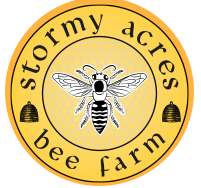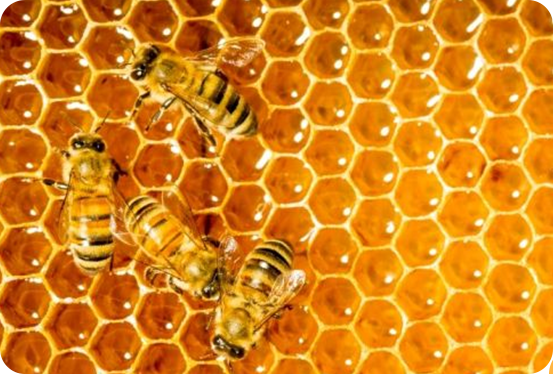Making honey is a complex and unique process and is produced in several stages
When the worker bee collects nectar she takes it up through her proboscis, passing it through her esophagus to her honey sac. Despite all claims that honey is “bee spit,” it does not qualify as such; the worker holds the nectar safe in her honey sac until she gets back to the hive. A valve located at the end of the honey sac remains closed while she is foraging. This valve is part of the proventriculus, which contains small hooks that remove such particles as pollen grains, fungal spores, and bacteria from the nectar. Once removed, these particles are passed on to the midgut to be digested. When the worker bee reaches her hive with a load of nectar, she passes the nectar to another worker bee or sometimes several other workers to deposit in a cell of comb. To do this, she brings the nectar up from her honey sac. The house bee receiving the nectar extends her proboscis and takes it up from the floor of the forager’s mouth. The forager does not extend her own proboscis during the transfer. Before depositing the nectar in a comb, the house bee may manipulate it with her mouthparts. This movement begins the process of evaporating water from the nectar, an essential step in turning nectar into honey.


